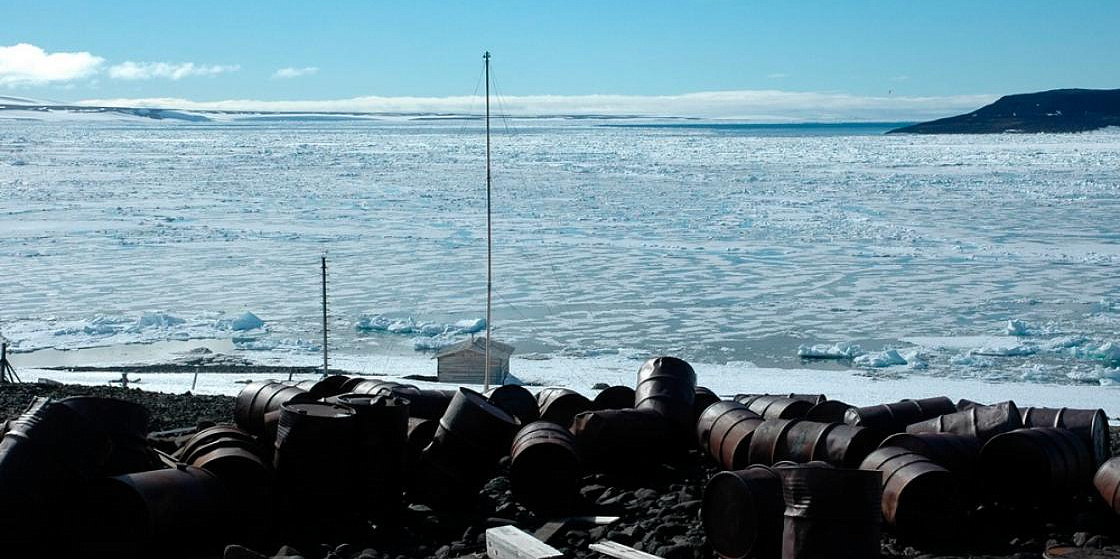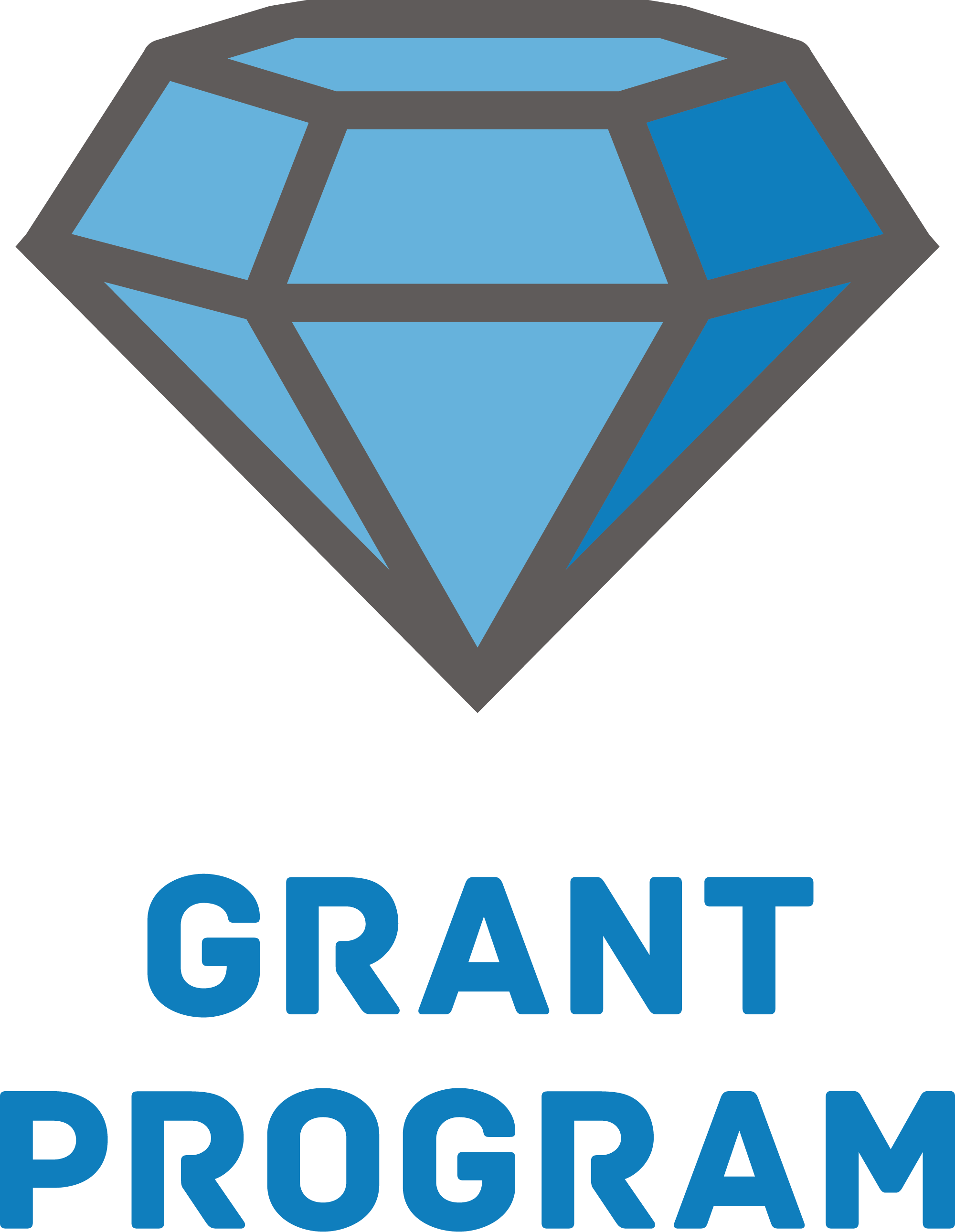
Photo: Nikitin Yaroslav/GeoPhoto.ru
Big Cleanup in the Arctic: First Results
On 15 September, Clean Arctic made public the first results yielded by the project. Within a month from the project kick off date, its volunteers successfully collected in the Arctic and stacked for removal about 600 metric tons of solid municipal waste. The initiative was met with enthusiasm throughout the Russian Arctic, with volunteers engaging in cleanup efforts in literally all high-latitude regions of the country. Hundreds of activists -- locals and people from the rest of Russia alike -- have already joined the project’s team.
The Russian Armed Forces are also doing their part in cleaning up the areas once used by the Soviet Army in the High North. According to the Ministry of Defense, the Army’s environmental service has collected more than 750 tons of scrap metal at an abandoned military site in the vicinity of Volochanka, a village in Taimyr, Krasnoyarsk Kray. The servicemen have dismantled 25 metal installations and oil tanks and gathered and compressed into blocks more than 5.5 thousand metal barrels to be taken to the mainland for processing.
Removing solid municipal waste from the Arctic is necessary for a number of reasons. Cleanup projects are needed not only because they help restore the environment and remedy the damage done to nature by human activities, but also for the reason that they bring together concerned individuals, eco-activists and members of the indigenous communities thus contributing to the strengthening of the civil society across the Russian High North. Such projects also play a noticeable role in raising awareness of the Arctic, educating people in sustainability, and promoting a responsible attitude towards the use of resources.
We in PORA fully share these values and are determined to give support to such initiatives -- both directly and indirectly. For instance, as part of the Clean Arctic project, we sponsored a series of community cleanups in the Arctic region of Taimyr, while in 2019 PORA provided funding for Clean Pechora, a project implemented in the Nenets Autonomous District. Under this project, a team of volunteers have collected more than 4.4 cubic meters of waste in the region. In turn, the PORA Grant Program prioritizes projects focused on conservation and protecting nature.
The Russian Armed Forces are also doing their part in cleaning up the areas once used by the Soviet Army in the High North. According to the Ministry of Defense, the Army’s environmental service has collected more than 750 tons of scrap metal at an abandoned military site in the vicinity of Volochanka, a village in Taimyr, Krasnoyarsk Kray. The servicemen have dismantled 25 metal installations and oil tanks and gathered and compressed into blocks more than 5.5 thousand metal barrels to be taken to the mainland for processing.
Removing solid municipal waste from the Arctic is necessary for a number of reasons. Cleanup projects are needed not only because they help restore the environment and remedy the damage done to nature by human activities, but also for the reason that they bring together concerned individuals, eco-activists and members of the indigenous communities thus contributing to the strengthening of the civil society across the Russian High North. Such projects also play a noticeable role in raising awareness of the Arctic, educating people in sustainability, and promoting a responsible attitude towards the use of resources.
We in PORA fully share these values and are determined to give support to such initiatives -- both directly and indirectly. For instance, as part of the Clean Arctic project, we sponsored a series of community cleanups in the Arctic region of Taimyr, while in 2019 PORA provided funding for Clean Pechora, a project implemented in the Nenets Autonomous District. Under this project, a team of volunteers have collected more than 4.4 cubic meters of waste in the region. In turn, the PORA Grant Program prioritizes projects focused on conservation and protecting nature.
15 September 2021




